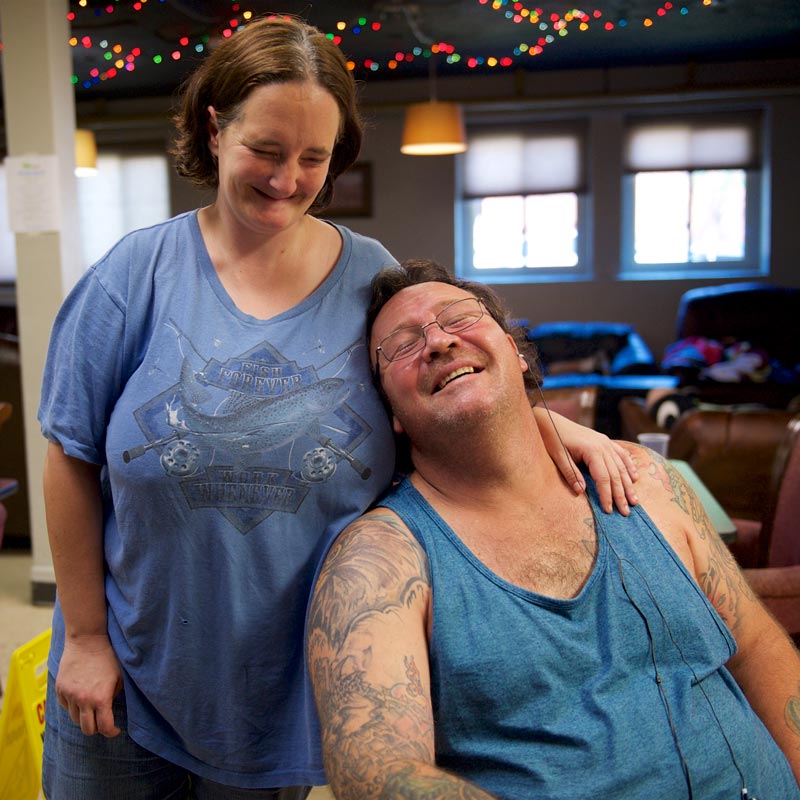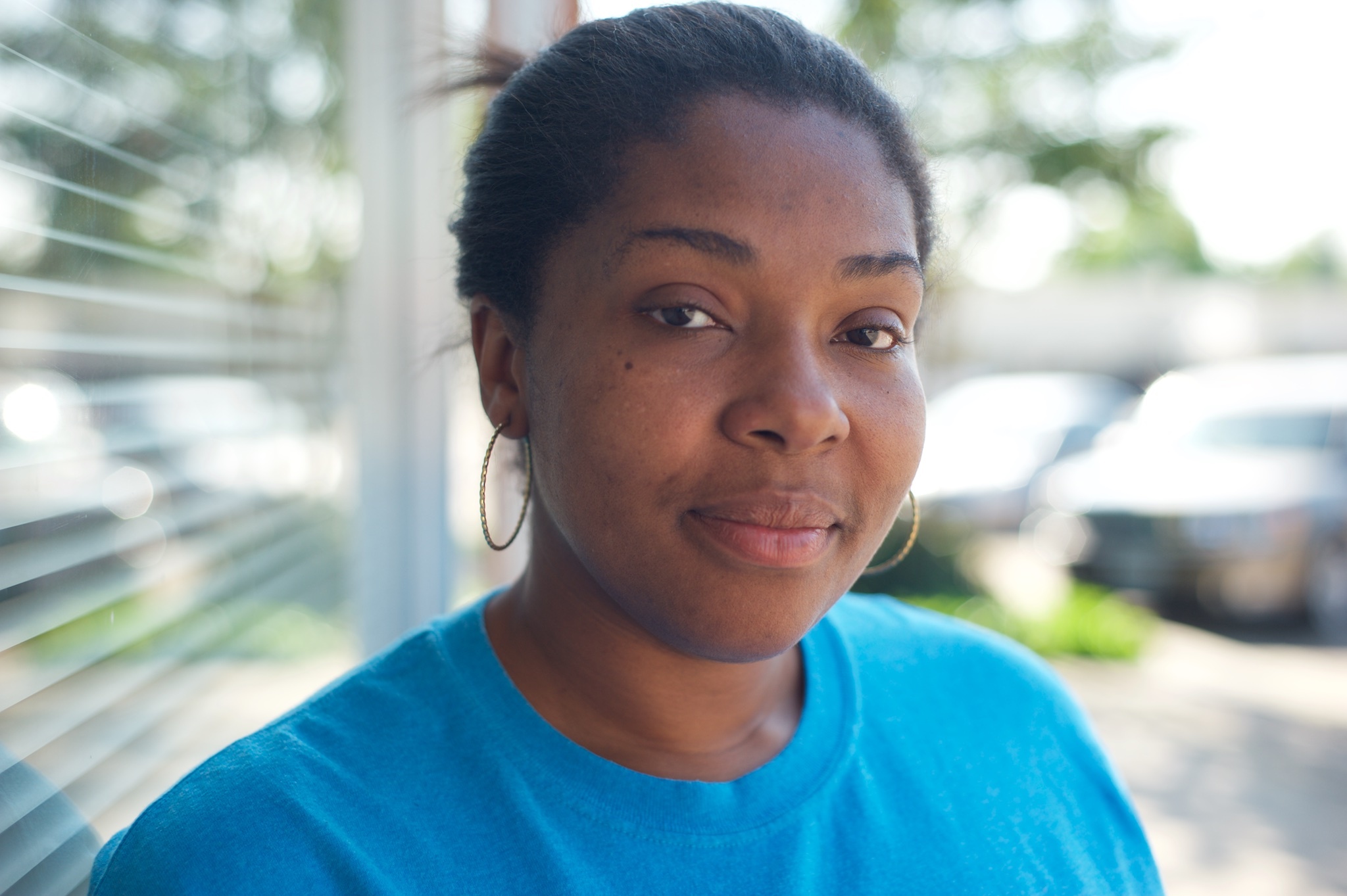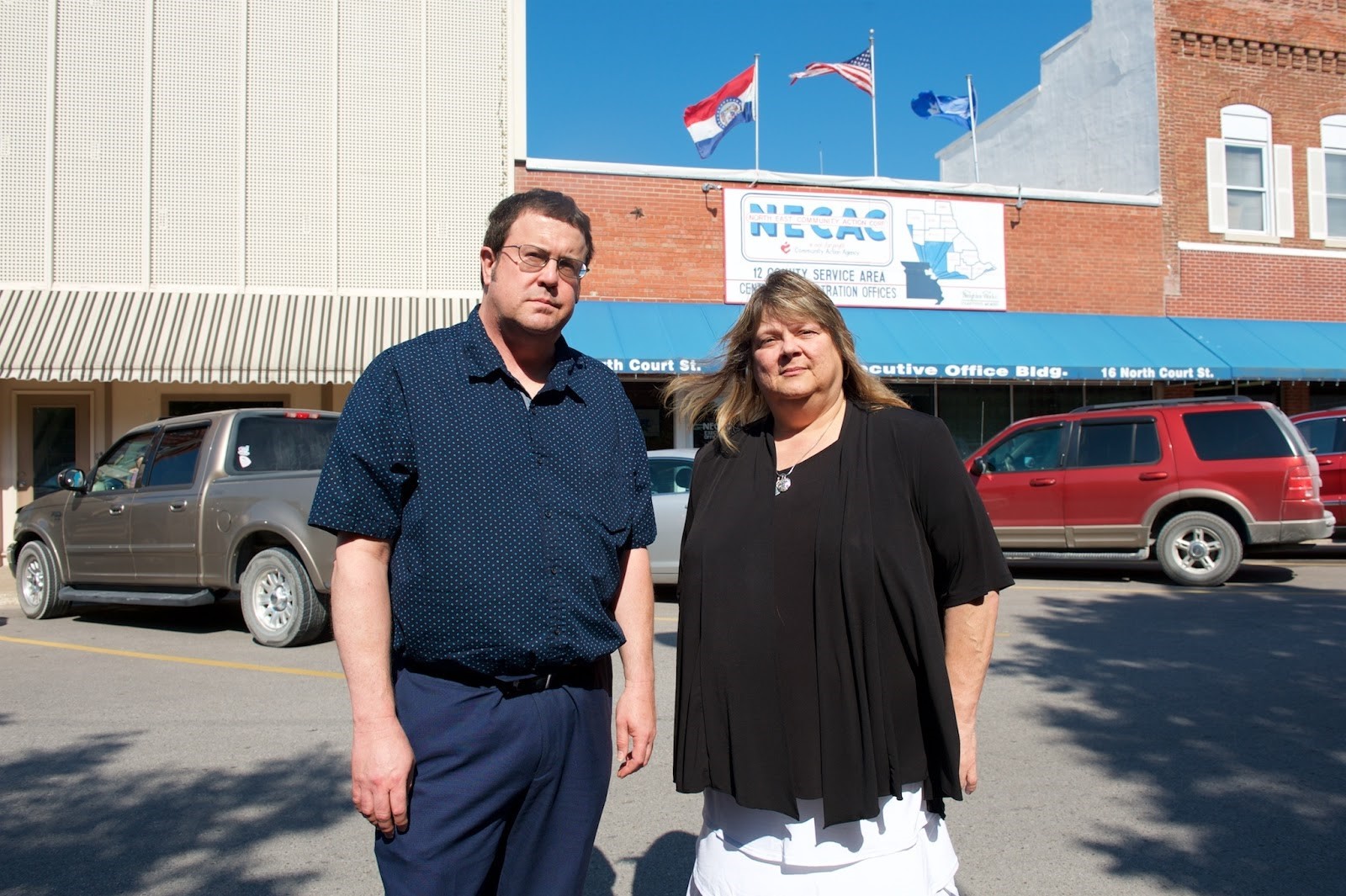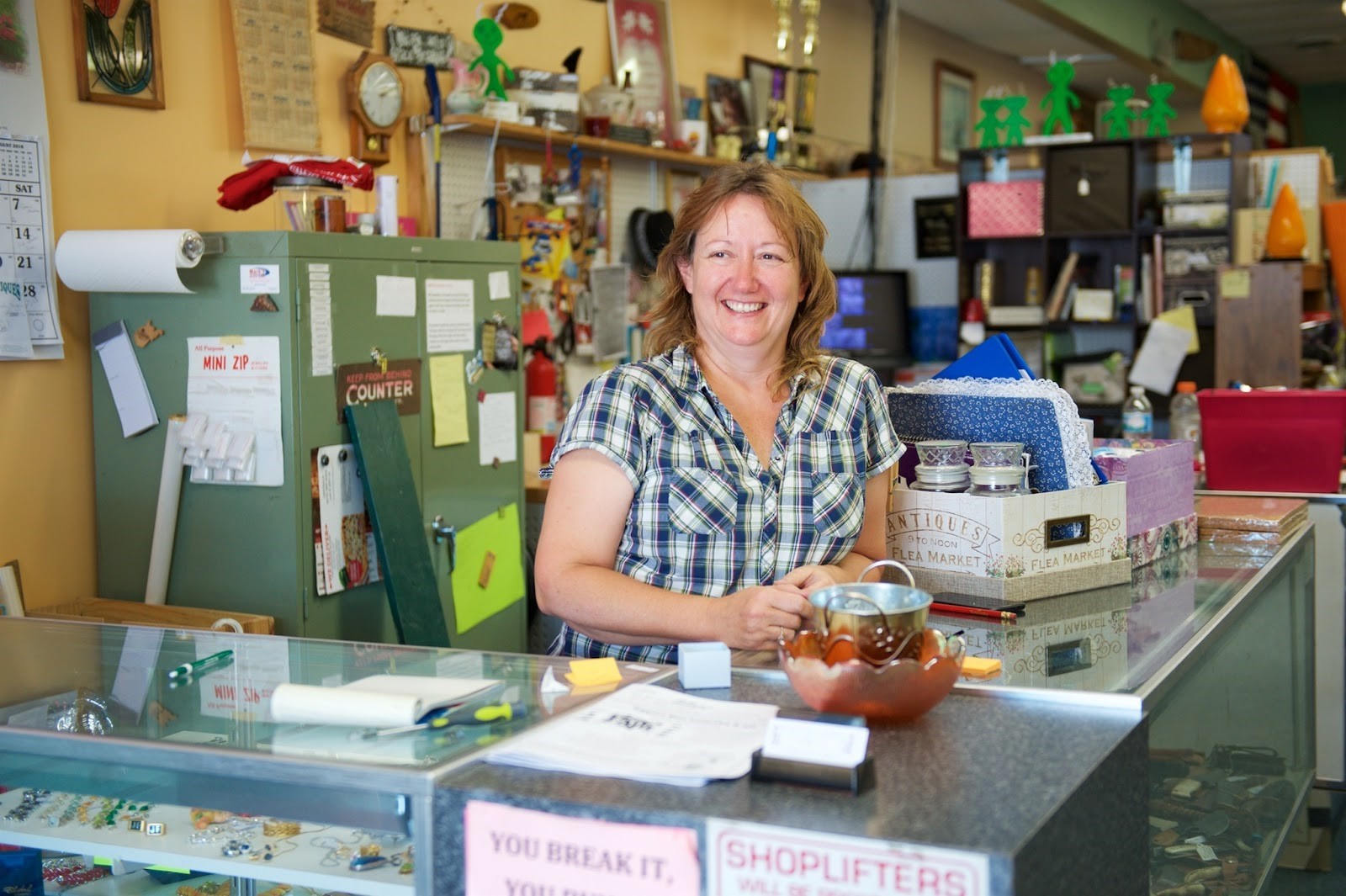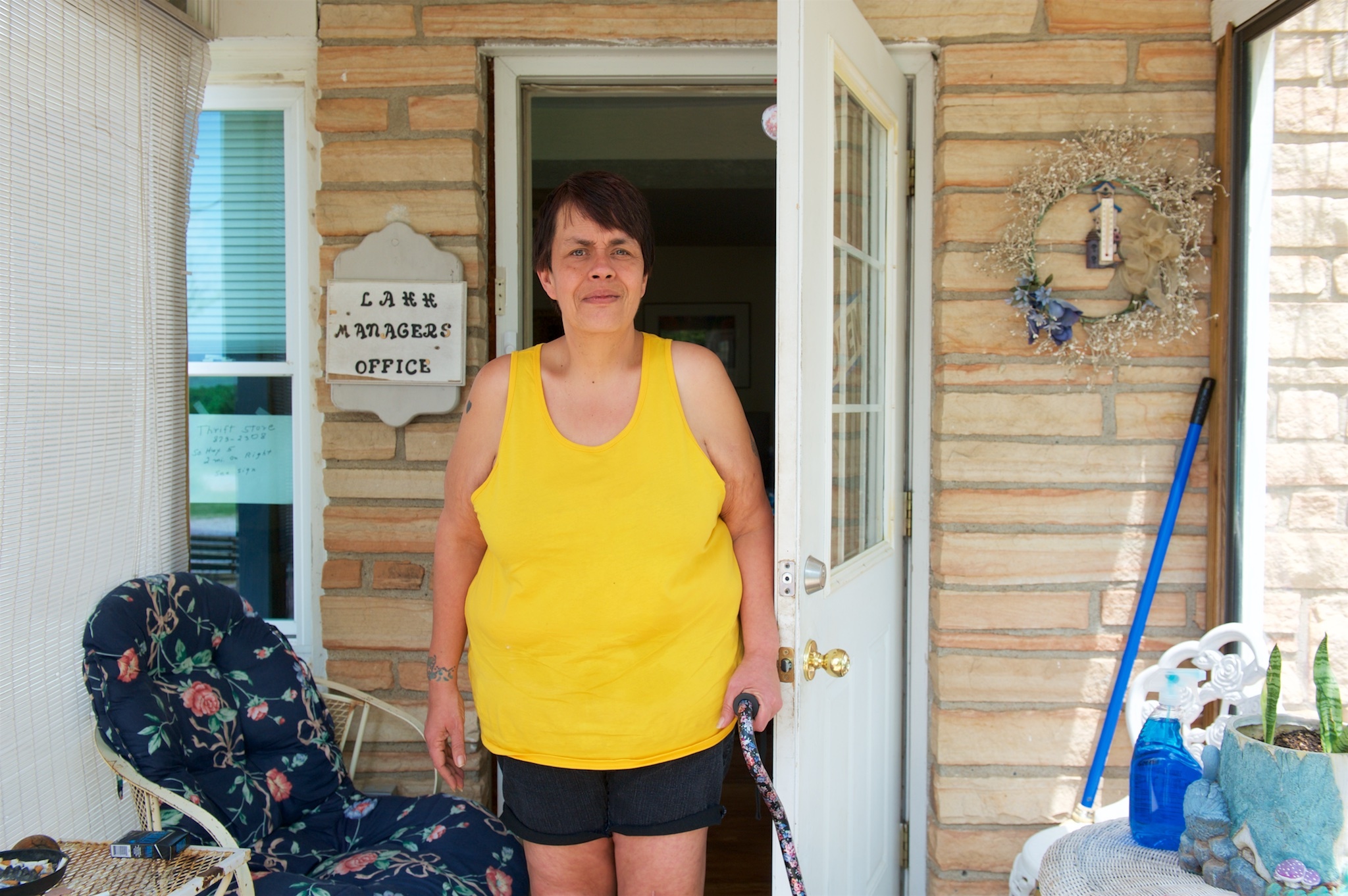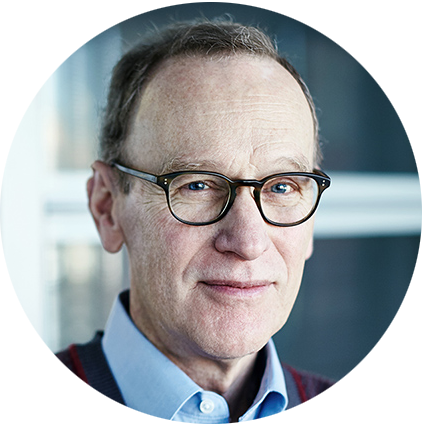 It was a stark headline – “Despite strong economy, many Americans struggling to get by” – according to the article and a new report by the Urban Institute, nearly 40 percent of American families had trouble meeting one of their basic needs last year. Today an increasing number of our families and neighbors need help. Help with the basics – shelter, food, jobs, education, and health care. Despite a low unemployment rate and a decade-long rise in the stock market, real wages for most Americans have remained flat. The Urban Institute reports that people with low incomes and health problems struggled the most, but that Americans from a variety of backgrounds are having trouble making ends meet.
It was a stark headline – “Despite strong economy, many Americans struggling to get by” – according to the article and a new report by the Urban Institute, nearly 40 percent of American families had trouble meeting one of their basic needs last year. Today an increasing number of our families and neighbors need help. Help with the basics – shelter, food, jobs, education, and health care. Despite a low unemployment rate and a decade-long rise in the stock market, real wages for most Americans have remained flat. The Urban Institute reports that people with low incomes and health problems struggled the most, but that Americans from a variety of backgrounds are having trouble making ends meet.
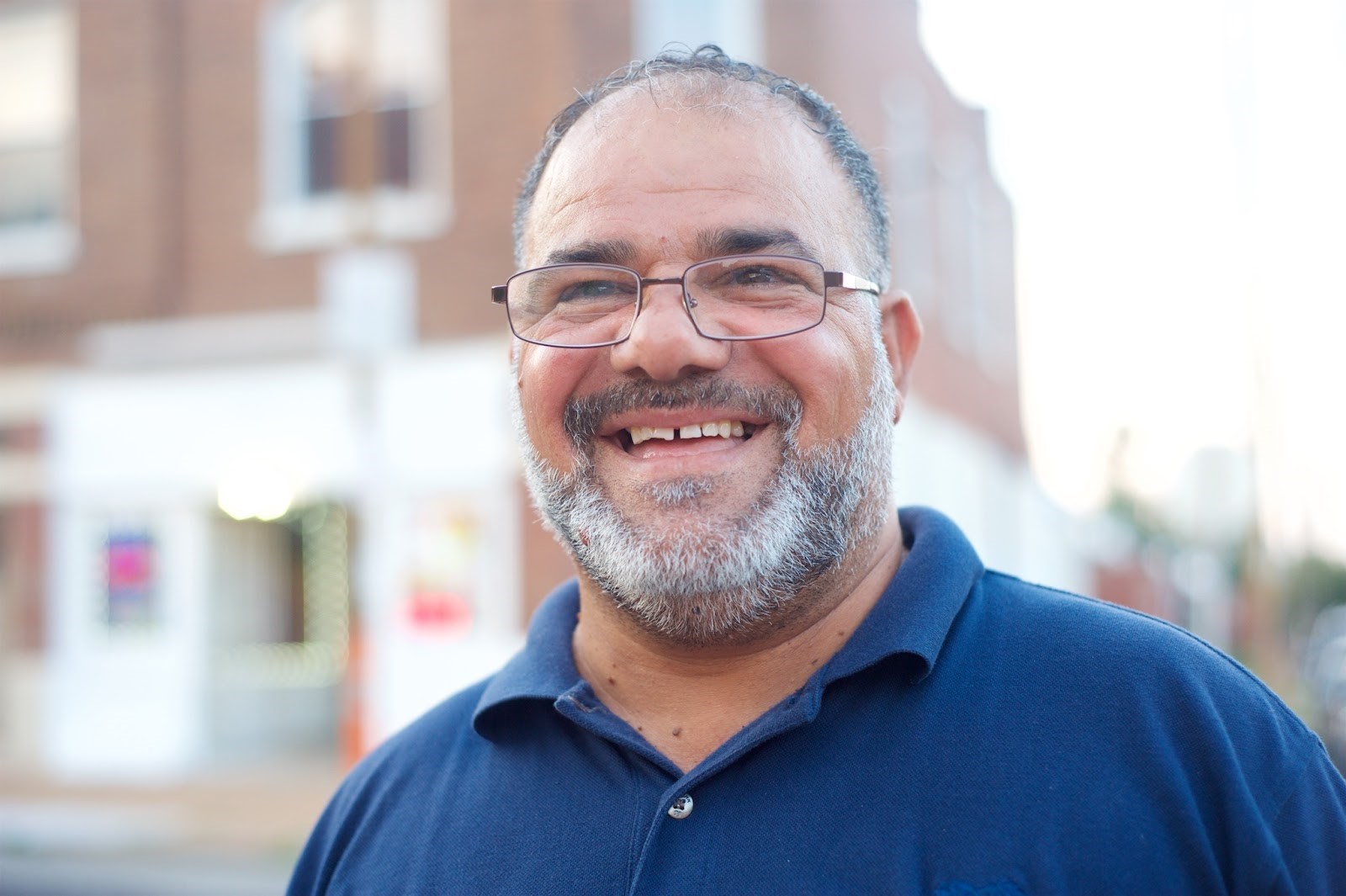 Diaa (St. Louis, MO)
Diaa (St. Louis, MO)
“I see the government giving everything like food stamps and Medicaid to people. It gives you a chance – one time, two times, three times. When my neighbor knocks on my door for milk, I open my shop, and I give her milk. I say, ‘Pay me tomorrow. It’s fine.’”
Read my story.
Too often, there is a reflexive tendency to think that this issue affects “other people,” yet a moment’s reflection tells us that sooner or later, most of us need some form of assistance. Social scientists have a phrase that helps us put things in a broader perspective – the “life course.” It is useful in thinking about how children, adults, and the elderly all have different needs and capacities that influence a family’s circumstances. And we know these needs change over the years. Most of us, if not all of us, can reflect on our own families or friends and realize there have been times when one has needed help – whether it was treatment for a serious illness, help getting a job, finding a care facility for a loved one, or being able to buy food. Many of those fortunate enough to have not needed help are only a streak of bad luck away from needing assistance.
PJ (Hayti, MO)
“I had a refrigerator go out over the weekend. I had to go to the pantry. We were down to canned goods and spices. Everything else in my refrigerator was lost. If it wasn’t for that, I don’t know what I would have done.”
Read my story.
We have a complicated web of programs that has developed over time in this country to provide help when people need it most. The face of these programs operates at the local level, often funded by federal and state governments, but it is mostly visible in the network of community-based organizations that implement and supplement that basic infrastructure, sometimes referred to as the social safety net.
Brenda and Brent (Bowling Green, MO)
“I want to increase well-being. I want to increase health. I want to increase the overall life experience of those who need it so that, hopefully, they will pay that forward. It’s about that ripple in the pond thing.”
Read our story.
In this post I’d like to highlight a critically important fact about people who get help through publicly supported programs: most have changing circumstances and use help for relatively short periods of time. The corollary to this is that over the long haul, almost all of us are in families that need assistance sooner or later and will be touched directly by the help provided via this network of support. It’s also essential to note that, whether our neighbors receive assistance for a brief time or for many years, we are far better off as a society if we take care of one another. That’s what our campaign The Net Benefit is all about. Whether your reasoning is financial or moral, we are healthier as a state if no person is left without health care, a home, food, or basic economic support. The ripples of this help can change the trajectory of someone’s life and shape the future of their children’s health.
Virginia (Centralia, MO)
“We need programs to help people who are struggling. If you put them down all the time, that’s where they’re going to be. If you give them praise and a hand up, then they’ll rise above where they’ve been.”
Read my story.
Research on poverty shows that most of us will need some help via government support, and most will use it for relatively short periods when we are most in need. About 80 percent of Americans will experience at least one year of economic insecurity in their lifetime. Six in 10 will encounter a year in poverty between the ages of 25 and 60. Family income changes a lot from year to year. Most of these changes occur when people are 25-34 and 55-64, at the beginning and the end of their working ages. These data highlight the importance of examining the experience of poverty through the perspective of people’s lives – where they live, their jobs, finances, family responsibilities, education – and the influence of their changing circumstances over time. This “life course” perspective underscores a more dynamic reality than a snapshot view that misses the cumulative impact of poverty, its episodic nature, and how many of us are affected at some point in our lives.
Harmoni (St. Louis, MO)
“Before, I slept on an air mattress. Now I get to have a bed and somewhere comfortable to stay. We can go outside whenever we like to ride our bikes and play around. I really love my mom for doing that. It means everything to me.”
Read my story.
Participation in programs that alleviate poverty reflect people’s changing circumstances. Thirty-one percent of participants in Medicaid, Supplemental Nutrition Assistance Program (SNAP, formerly known as food stamps), housing assistance, Supplemental Security Income (SSI), and Temporary Assistance for Needy Families (TANF) participate less than a year. For Medicaid, more than half of participants get help for less than two years. Of course, some people need assistance for longer periods of time, and this varies by type of assistance. Housing assistance, which by its nature has a longer duration, has the highest percent of people (49%) who get assistance an average of three to four years.
Patricia (Camdenton, MO)
“I wanted to give back to the people that helped me out. I love helping people. I love spending time with the people.”
Read my story.
The widespread reliance on our society’s support systems, coupled with the understanding that who benefits is constantly changing, means that the erosion of these programs affects us all. We all benefit from an enduring, strong, and fair health and social safety net. Given that almost half of the people in our country are struggling to make ends meet, it is essential that we work to improve, preserve, and strengthen this vital infrastructure. After all, we never know what the future holds or when the need might be our own!
These images are part of our campaign The Net Benefit and were produced in partnership with Humans of St. Louis.


